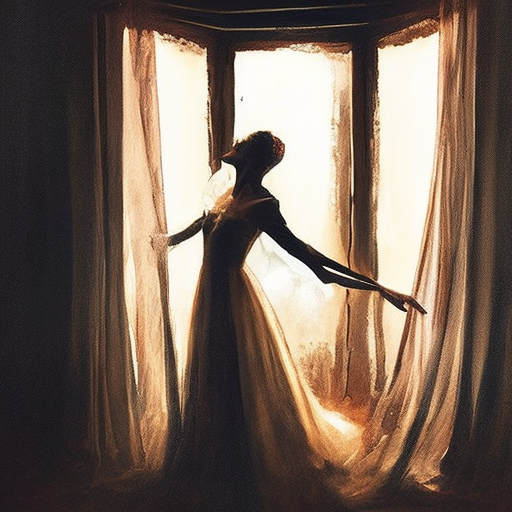Summary:
Shadow puppetry is a traditional form of storytelling and entertainment that uses cut-out figures made of leather or paper and manipulated behind a screen to create shadows. Originating in ancient China, shadow puppetry has spread to various cultures around the world and continues to captivate audiences with its unique blend of visual art, music, and storytelling. The art form has evolved over time, incorporating new techniques and styles while preserving its rich cultural heritage.
Origins and History:
Shadow puppetry has its roots in ancient China, where it was believed to have originated over 2,000 years ago during the Han Dynasty. The earliest records of shadow puppetry date back to the 1st century BCE, and it quickly gained popularity as a form of entertainment for both the elite and common people. The art form spread to other parts of Asia, including India, Indonesia, and Thailand, where it developed its own distinct styles and techniques.
Techniques and Performance:
Shadow puppetry involves the manipulation of flat, jointed figures made of leather or paper, which are held against a translucent screen. The puppeteers, known as “dalang” in Indonesia and “pandit” in India, use rods and strings to control the movements of the puppets, creating the illusion of life-like motion and expression. The puppets are backlit by a strong light source, casting their shadows onto the screen, while the puppeteers provide voices and sound effects to accompany the performance.
Themes and Stories:
Shadow puppetry often draws inspiration from mythology, folklore, and historical events. The stories told through this art form range from epic tales of gods and heroes to moral fables and everyday narratives. In China, the popular stories of the Monkey King and the Journey to the West are frequently performed, while in Indonesia, the Ramayana and Mahabharata epics are commonly depicted. Each culture adds its own unique interpretations and adaptations to the traditional stories, making shadow puppetry a dynamic and ever-evolving art form.
Contemporary Revival and Innovations:
While shadow puppetry faced a decline in popularity during the 20th century due to the rise of modern forms of entertainment, it has experienced a revival in recent years. Artists and enthusiasts around the world have embraced this ancient art form, exploring new ways to incorporate technology, music, and contemporary themes into their performances. Some puppeteers have experimented with using projectors and digital animation to enhance the visual effects, while others have collaborated with musicians and dancers to create multimedia spectacles.
Global Influence:
Shadow puppetry has transcended cultural boundaries and gained recognition as a valuable form of artistic expression. It has been showcased at international festivals and exhibitions, allowing audiences from different cultures to appreciate its beauty and storytelling power. The UNESCO Intangible Cultural Heritage List includes several shadow puppetry traditions, such as the Chinese shadow puppetry, Wayang Kulit in Indonesia, and the Indian Tholu Bommalata. These listings help to preserve and promote the art form, ensuring its continued relevance and appreciation in the modern world.
Conclusion:
Shadow puppetry is a captivating art form that combines visual art, music, and storytelling. With its origins in ancient China, it has spread to various cultures and continues to evolve and innovate. Through the manipulation of puppets behind a screen, shadow puppetry brings stories to life, enchanting audiences with its magical play of light and shadow. Its revival and global recognition have ensured that this ancient art form will continue to thrive and inspire future generations.












